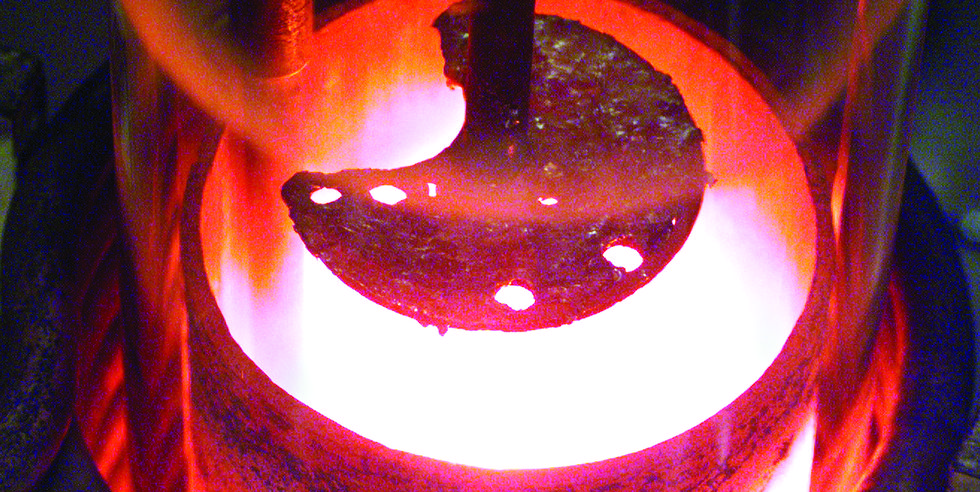What’s the lifespan of a nuke’s “pit” anyway?
BY: JOE GOULD | defensenews.com
- Experts are pleading with Congress to get a firm age limit on plutonium cores of U.S. nuclear weapons.
- A specific plutonium isotope powers nuclear weapons, but others power nuclear plants and space travel.
- The Trump administration wants to begin replacing cores, but a more scientific time frame could save a lot of “rush” money.

The U.S. has nearly 4,000 stockpiled nuclear weapons, and Scientific American wonders what will happen to all of their aging plutonium cores. Experts have said the plutonium will last at least 100 years, but it’s probably still smart to make backup plans—and the Trump administration is doing just that, with aims to replace all the cores by 2080.
Nuclear weapons with plutonium cores, mostly of the “implosion” type, replaced the original crude nuclear weapons beginning in 1945. These new weapons required plutonium as the fuel in their nuclear reactions, and plutonium is found in nature in only tiny amounts in very specific situations. To make enough to power thousands of weapons in the U.S. alone and thousands more around the world, a new plutonium production cottage industry sprang up.
Plutonium is part of the reactor makeup of many nuclear power plants, but reactor-grade plutonium and weapons-grade plutonium are different. The latter has always required dedicated production facilities, because plutonium that works in reactors is not right for weapons and can’t be substituted at any ratio. Weapons plutonium is made by subjecting nuclear materials to a short burn that produces plutonium-239, and the same materials left to “cook” for longer turn into plutonium-240.
The World Nuclear Association explains that Pu-240 is a “contaminant” in weapons that require Pu-239. Separating the two in terms of enforcement of nuclear regulation and anti-proliferation is hard, but the fact that weapons-grade plutonium must be so pure and prepared so specifically is a self-selecting limitation.
SciAm reports that the U.S. weapons-grade plutonium facility was shut down in 1989, which means the newestweapon core made there is now 31 years old. The U.S. government has made a handful of new cores, but these were treated as exceptions, not part of a new production facility or program. There have been no new plutonium cores in the U.S. since 2013, with just 31 produced during a window between 2007 and 2013 at Los Alamos National Laboratory.
A 2007 report published that now-famous estimate that plutonium cores will last for at least 100 years, but the Trump administration believes 2089—100 years after the last plutonium cores from the dedicated U.S. facility—will arrive sooner than we think. And even the reporting body and the sponsoring National Nuclear Security Administration (NNSA) think the real window might be much smaller. The Trump administration plans to begin producing new cores to refresh the fleet by 2080.
To throw a wrench in the works, the NNSA says it’s already snowed in by both current projects and the development of a new nuclear warhead called W87-1. This new warhead will require its own new kind of weapons-grade plutonium core. SciAm is asking for the NNSA to revisit and firm up the estimate of the lifetime of plutonium cores, because safely postponing making new cores for old weapons could save “tens of billions of dollars” and prevent a terrible-sounding plutonium production rush.
ORIGINAL ARTICLE

